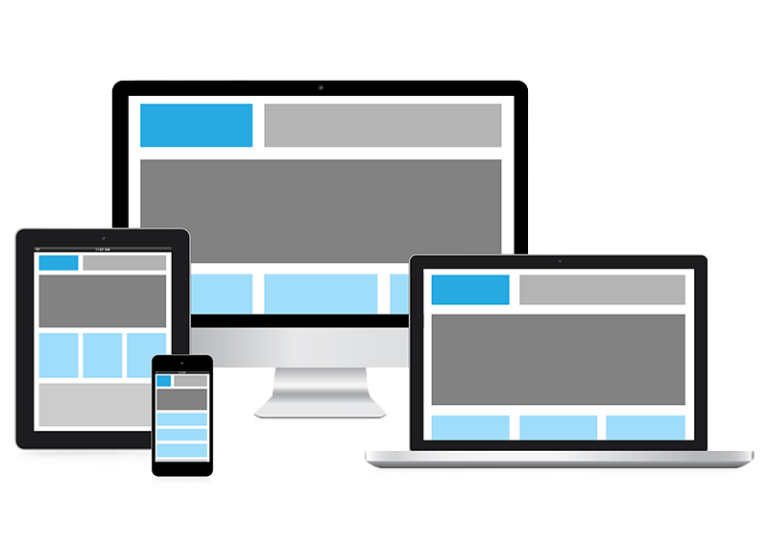
Current circumstances have been challenging for all of us, but they’ve also provided opportunities.
This is most apparent in the realms of eLearning and app development. Traditional students need new platforms to continue their studies, and businesses of all types are trying to keep their heads above water in a socially distant world.
Whether dealing with the transition to a remote work environment or managing the logistics of higher learning in a post-COVID world, education is at the root of all needs. This provides an opportunity for in-house developers and freelancers alike.
But, before you go all out to create a learning management system (LMS) of your own, it’s important to map out the steps for a successful process and launch.
What is an LMS?
Table of Contents
Learning management systems are part educational and part analytical. They are digital learning hubs that provide the means to teach, train, and test. But, they also provide educators with the methods to track and analyze user data and connect with their audience. These platforms are used to some extent by government organizations, employers, and educators throughout the world to provide access to education and training.
If you’re considering LMS development, now is an ideal time to jump on this bandwagon. There is no expectation that this platform will lose its relevance any time soon.
However, if you want to do it successfully, you need a plan for success.
Sailing Through the Development Process in 7 Easy Steps
Every application development process is individual. Some of us are great collaborators while others work better in isolation. Regardless of the size of your team or the type of application, this set of standard best practices will provide you with a framework for success.
1. Create a Budget
Before you do anything else, you need to get an accurate handle on available resources and budget shortfalls moving forward. Will you need to outsource portions of your app build or purchase new software? How will you manage the launch, and how much money should you budget toward marketing?
The answers to these questions will give you a good idea of how much you have to work with, where you’ll need additional funding and the best ways to allocate these resources.
Do you know how much it will cost to develop your application? Some estimates put that figure at about $80,000 for a native mobile app with wide distribution, while a web-based eLearning platform can run as little as $1,000 from concept to launch.
Your goals, purpose, and reach will ultimately determine the cost, but don’t try to skimp on design, security, or functionality if you want your app to be successful and perform as intended. One useful tool for budgeting and cost is an app calculator.
2. Put Your Team Together
Even those developers who code alone in a rarefied environment rely on a team at some point. For example, not all developers are great with front-end design, and few of us are marketing geniuses.
Solid app development depends on talent, and no developer is an island. The bigger the app and launch, the more people will be required to contribute to its success.
If you’re working within an organization to create a training app, many of your team members are already in place. However, you may still need to designate an eLearning specialist to create the curriculum, a marketing expert to promote the app, an L&D administrator to ensure that all components match your mission, and a project manager to track and manage all of the many moving parts. Unless you’re doing all of the codings yourself, you’ll also need an IT team to handle the actual design and build.
3. Determine the Scope and Goals
The scale of your budget and team will depend partially on the expected scope and reach of your application. Are you building an in-house app for staff onboarding purposes or a learning system that’s intended for wide distribution over a number of platforms and organizations? What is the purpose of your app, and who are its ideal users? Design with these metrics in mind.
It’s also important to set up a realistic timeline for each phase. For example, what percentage of the app will be completed within six weeks, what is your launch deadline, and how does the timeline breakdown affect your build?
4. Design With Security in Mind
DevSecOps are no longer a niche specialty. Remote environments mean a wider threat matrix and more possible entry points for cybercriminals. Every developer and web designer should build security into the application.
In addition to secure coding, use whatever developer tools are available to ensure that your build puts data security analysis a priority at every phase of the app creation.
5. Have Some Content Ready for Rollout
Once your app is built, the content will be the single most important component of its success. You don’t want to wait until launch to develop a curriculum or fill in any blanks with rushed content.
Many of these questions will be answered when you determine the scope and goal of your LMS, but you’ll need to have at least the bare bones of your content ready before you roll out your app. Any details can be tweaked during the testing phase to ensure that the bulk of your content is in place before you launch.
6. Determine a Platform
Chances are that your app will require more resources to scale and run securely than the average hobby blog. The platform will affect access and your ability to ramp up operations. Large organizations will probably have private servers, hybrid cloud setups, and more resources than a freelance developer or a small business.
Whether your LMS is an upgrade with legacy data to migrate or a completely new platform will also affect things like database support and access as well as security. You’ll most likely need to store user data and provide different levels of access to admins, instructors, and students or staff.
7. Build Interest and Excitement
Unless your LMS is a required part of staff training, you’ll want to build excitement and interest leading up to your launch. Creating a marketing and information plan through a subscriber list and social media engagement are standard marketing in the information age.
You could also create a free trial phase so your target audience can test out your app. This will hopefully create some buzz and provide social proof that can be leveraged for marketing purposes.
Successful Testing and Launch
For an app to be successful, it needs to be tested thoroughly prior to launch. There are two types of testing that are essential.
The first is pen testing to ensure that your app is secure at all access points and databases. Current best practices mandate that apps are designed with security in mind rather than taking this as an afterthought. This is where developer tools and platforms that provide a live staging area will come in handy.
The second type of testing is A/B testing. This is an essential part of digital marketing that is often overlooked. In order for your app to be functional and reach the target market, all design elements must be evaluated by actual users.
Why is that?
For one thing, you want your application to be useful and functional. Second, search engines evaluate websites by the quality of user experience. You can’t just rely on SEO to reach your intended audience. If your app is slow to load, difficult to navigate, or there is no value to its content, you’re wasting your time and the user’s.
Final Thoughts
While eLearning has become increasingly popular over the past few years, current circumstances make learning management systems an essential platform for organizations of all types. Whether you’re onboarding staff, retraining for a remote environment, or trying to prevent educational gaps for your students, an LMS is a way to go.
Our goal is to provide developers and business leaders with a road map for success. By following the above guidelines and best practices, you’ll help ensure a smooth development process from conception to launch.
Photo by J. Kelly Brito on Unsplash






